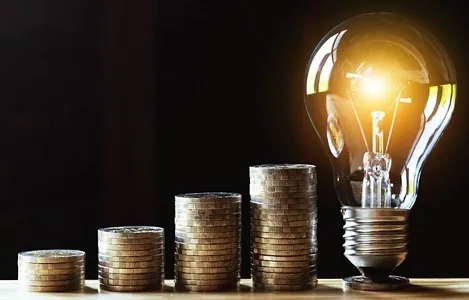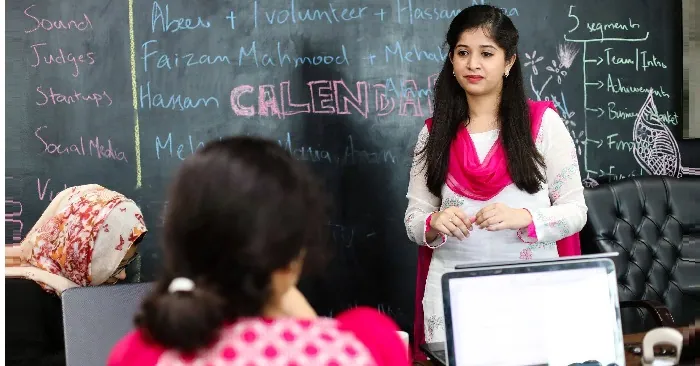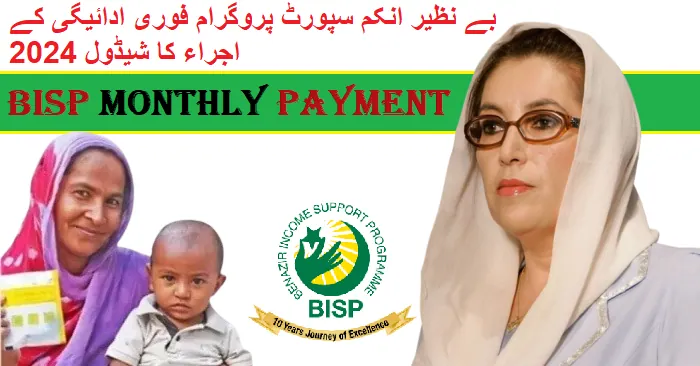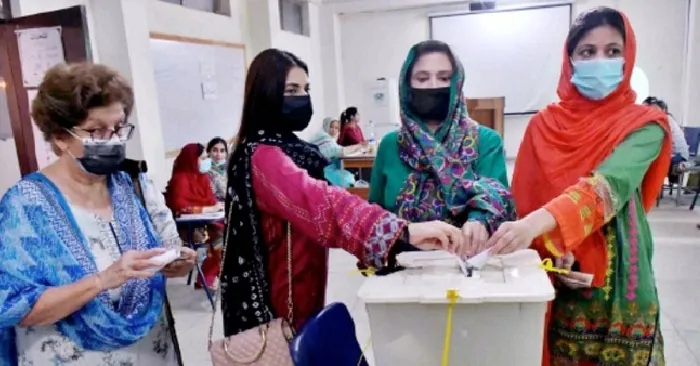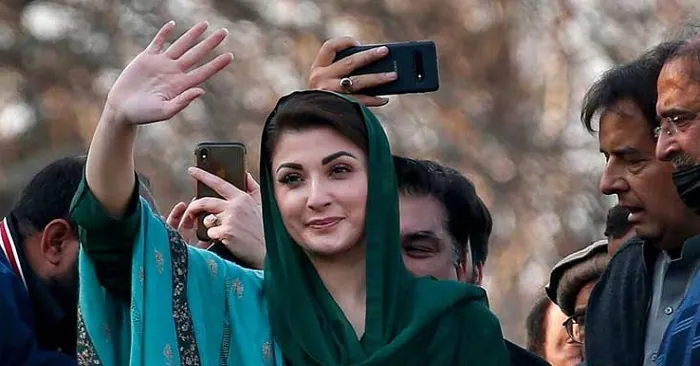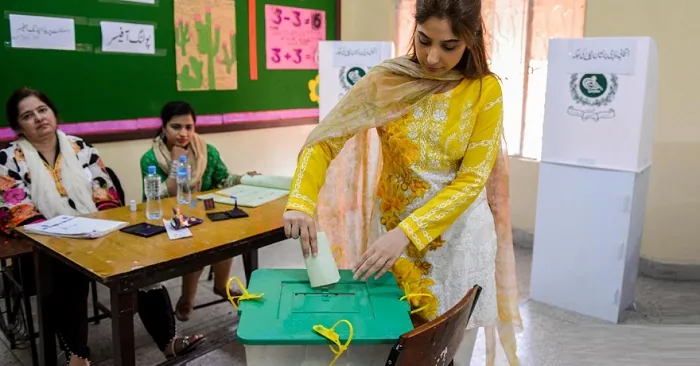Electricity costs in Pakistan have skyrocketed, with consumers bearing the brunt of these expenses. A recent fact sheet released by former Federal Minister Gohar Ejaz reveals some startling figures and explains why electricity prices are so high.
What Are Capacity Payments?
Capacity payments are fees paid to power producers to ensure they are ready to generate electricity, even if they don’t produce any. In the last fiscal year, Pakistani consumers paid a staggering Rs1.93 trillion in capacity payments to Independent Power Producers (IPPs). This included Rs46 billion paid to two producers who generated no electricity and Rs370 billion to three plants operating at just 15% capacity.
The High Cost of Electricity
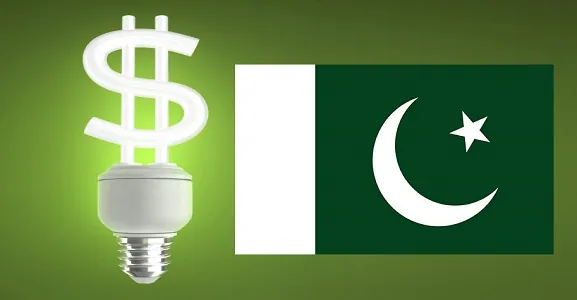
Breakdown of Payments
Gohar Ejaz’s data shows that:
- 52% of power plants are government-owned.
- 28% are privately owned by 40 Pakistani families/groups.
- The remaining are foreign-owned.
Specific Cases
Several power plants received payments without producing much electricity:
- Rs140 billion was paid to one plant running at 15% capacity.
- Rs120 billion to another at 17% capacity.
- Rs100 billion to a third at 22% capacity.
Zero Output Plants
Two plants, Hubco and KAPCO, received Rs46 billion without generating any electricity. Additionally, 41 plants operated between 4% and 25% capacity throughout the year.
Who Owns These Plants?
A variety of groups own these power plants, including:
Power Plant Name |
Owner |
Company Website |
| Rousch (Pakistan) Power Project | Dawood Group | Dawood Group |
| Hub Power Project (HUBCO) | Engro Habibullah Group | Hub Power Company |
| Kot Addu Power Project (KAPCO) | Pakistan WAPDA | WAPDA |
| Haveli Bahadur Shah Power Project | Government of Pakistan (GOP) | Government of Pakistan |
| Balloki Power Project | Government of Pakistan (GOP) | Government of Pakistan |
| Bhikki Power Project | Government of Punjab | Punjab Government |
| PTPL Power Project | Government of Punjab | Punjab Government |
| Karot Hydropower Project | China Three Gorges Corporation | China Three Gorges Corporation |
| Sahiwal Power Project | Huaneng Shandong Ruyi | Huaneng Group |
| Shanghai Thar Coal Project | Shanghai Electric Power Company Ltd. | Shanghai Electric |
| Port Qasim Power Project | Port Qasim Energy Dubai | Port Qasim |
| Engro Thar Coal Power Project | Hussain Dawood Group | Engro |
| Patrind Hydropower Project | KDS Hydro PTE Ltd. | KDS Hydro |
| ThalNova Thar Coal Power Project | HUBCO, Habibullah Group | Hub Power Company |
| HUBCO-Narowal Project | HUBCO, Habibullah Group | Hub Power Company |
| New Bong Escape Hydropower Project | Habibullah Group | Hub Power Company |
| Engro Power Project | Hussain Dawood Group | Engro |
| Engro Thar Coal Power Project | Hussain Dawood Group | Engro |
| Tenaga Generasi Limited | Hussain Dawood Group | Engro |
| Sapphire Wind Power Company Limited | Sapphire Group | Sapphire Group |
| Lalpir Power Project | Mansha Group | Nishat Group |
| Pak Gen Power Project | Mansha Group | Nishat Group |
| Nishat Power Project | Mansha Group | Nishat Group |
| Nishat Chunian Power Project | Mansha Group | Nishat Group |
| Orient Power Project | Nadeem Babar/Mehmood Group | Orient Power |
| Saba Power Project | Nadeem Babar | Saba Power |
| Saif Power Project | Saifullah Group | Saif Group |
| AJ Power (Pvt.) Limited | Jehangir Tareen Group | JDW Group |
| Chiniot Power Ltd | Suleman Shahbaz Sharif Group | Sharif Group |
The Solution
Ejaz suggests eliminating capacity payments and only paying for the electricity actually purchased from the cheapest suppliers. He advocates treating all IPPs as merchant plants, operating like any other business, and calls for the public to oppose these agreements with the 40 families profiting from them.
Conclusion
The fact sheet reveals significant financial burdens on consumers due to mismanagement and flawed contracts with power producers. Addressing these issues could lead to more affordable electricity and a more transparent and efficient energy sector in Pakistan.
FAQ on Capacity Payments and Electricity Costs in Pakistan
What are capacity payments?
Capacity payments are fees paid to power producers to ensure they are available to generate electricity, even if they don’t produce any.
How much did consumers pay in capacity payments last year?
Consumers paid Rs1.93 trillion in capacity payments during the previous fiscal year.
Why is electricity so expensive in Pakistan?
Electricity costs are high due to large capacity payments to power producers and inefficient contracts. The government buys electricity at high rates, which raises consumer prices.
How much does the government pay per unit of electricity?
The government pays Rs750 per unit from one plant and Rs200 per unit from coal power plants.
Did any power plants receive payments without generating electricity?
Yes, two plants, Hubco and KAPCO, received Rs46 billion without generating any electricity.
What are the load factors mentioned in the report?
Load factors refer to the percentage of time a plant is actually generating power compared to its maximum potential. Some plants were operating at very low load factors, such as 15%.
Who owns the power plants in Pakistan?
Power plants are owned by a mix of government entities, private Pakistani families/groups, and foreign investors.
What is Gohar Ejaz’s proposed solution?
Ejaz proposes eliminating capacity payments and only paying for electricity purchased from the cheapest suppliers, treating all IPPs like regular businesses.
